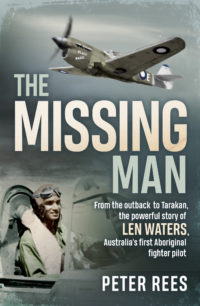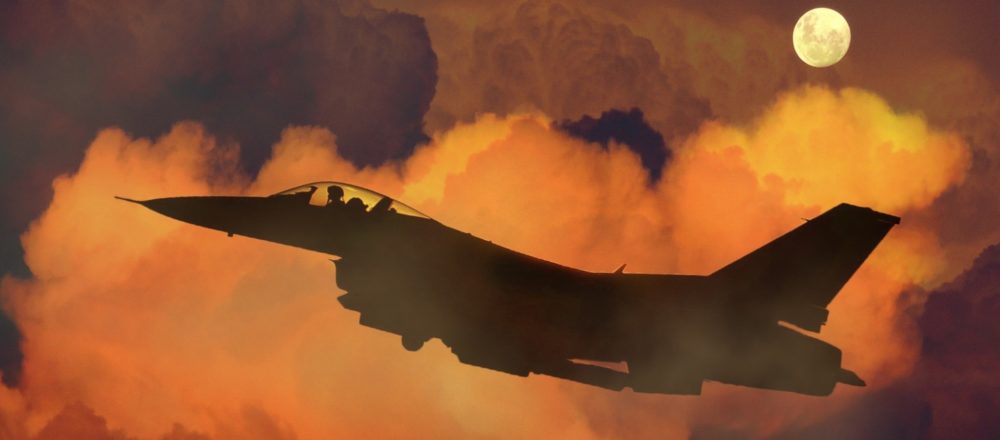
The Missing Man
Peter Rees
Allen & Unwin
The life of World War II hero Len Waters is an inspiring one. Rising from a simple upbringing, working on the land on the farms of regional Queensland, Waters determinedly overcame racial and socioeconomic barriers to become the country’s first Indigenous military aviator. Peter Rees’ book shines a light on Waters’ significant achievements and heroics in fighting for Australia, but also tells a sad story of how, following the war, Waters was shown little respect by the government for his service and not afforded the opportunities he deserved.
A proud Kamilaroi (also called Gamilaraay) man, Waters’ upbringing was less arduous than many Indigenous youths of the time, with his family able to send Len and his siblings to one of the more prestigious schools in their region. Always instilled with a sense of pride towards his background and culture, Len left school at the age of 14 to work on the land but felt the call of national duty when World War II broke out.
Enlisting towards the back end of the conflict, Waters was immediately drawn to the Royal Australian Air Force, having been fascinated by aviation his entire life. His mechanical skills, boundless energy and sharp reflexes all helped propel him ahead of others to the role of fighter pilot in 1944. Waters broke down barriers at a time when Indigenous peoples were still heavily discriminated against; in fact, only a few years earlier Indigenous citizens were barred from enlisting at all. Despite that, Waters states in the book that he felt accepted and treated as an equal while serving his country much more so than he ever did during civilian life.
Rees’ book paints a vivid picture of wartime Australia, instantly transporting the reader to an uncertain time in Australian history. Rees gives the reader plenty of examples of the cruelty the Indigenous community faced in the ’40s, which makes Waters’ achievement all the more inspiring.
Stationed in Borneo for most of his service, Waters was frustrated at not being on the front line of the conflict, as battles in the pacific theatre during 1944–45 were winding down. But he still flew 95 missions, in his P-40 Kittyhawk named Black Magic, and played his part in repelling Japanese forces from the region.
While the sections on Waters’ early life and wartime heroics are absorbing and well crafted, it’s what follows that is the most emotionally gripping part of the book, detailing Waters’ post-war life, and it presents a damning portrait of post-war Australia. For example, despite his service, Waters wasn’t allowed to enter an RSL upon his return, or even visit the local pub to celebrate with friends. His pension was also a fragment of what non-indigenous soldiers received. Waters’ service to his country meant little; in the eyes of the government and the police, he was still a black man.
The Missing Man is both a loving portrait of a true Aussie hero and a damning condemnation of the Australian government. It is also a love story, charmingly chronicling Waters courtship and eventual marriage to Gladys Saunders. Waters’ post-war story is not a happy one overall, as despite his obvious skill in the cockpit, he was denied the chance to apply for a commercial pilot’s licence, and eventually wound up taking a job as a shearer.
Rees skilfully crafts the narrative of Waters’ life through many voices – Waters himself, Gladys, Waters’ extended family and also those of his wartime comrades. Rees’ research is impeccable and his level of detail in the anecdotes and significant events that make up Waters’ life are truly laudable.
Expertly paced and written with genuine heart, you sense the love and affection Rees has for his subject on every page. While Waters’ life, like most lives, had its share of ups and downs, The Missing Man is ultimately an inspiring story, and goes a long way to ensuring that Waters’ legend will never be forgotten.


